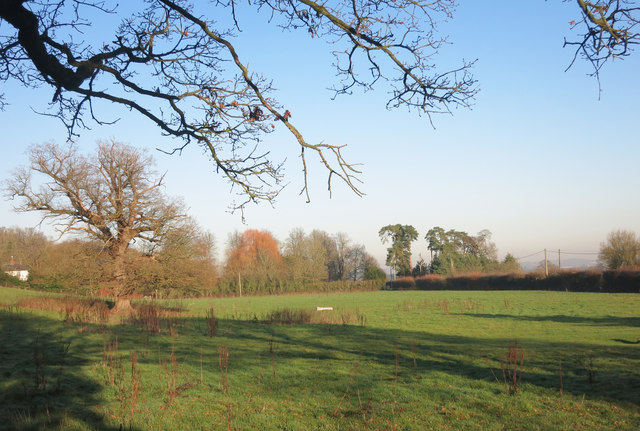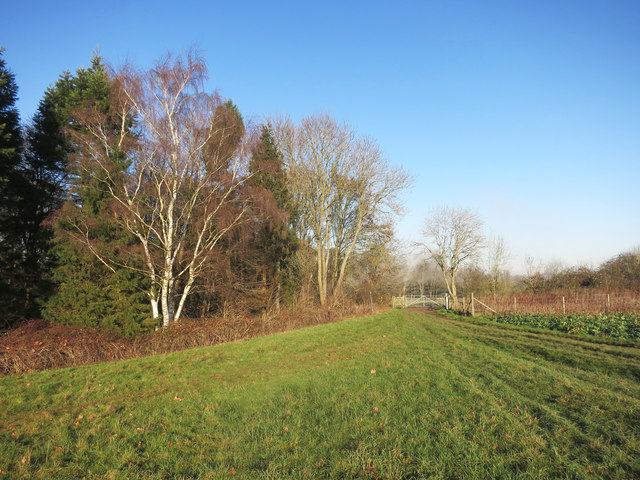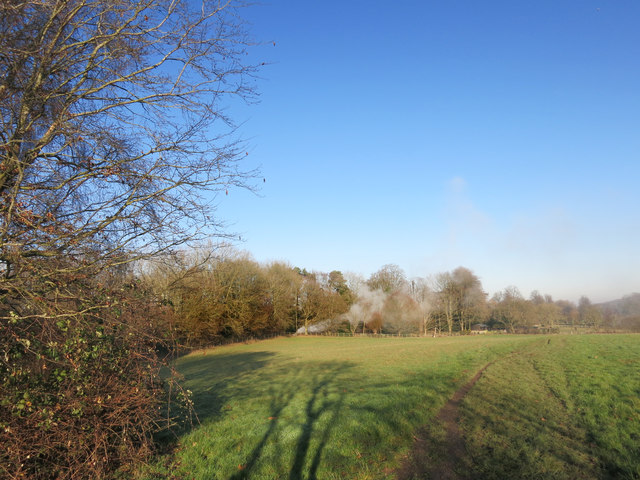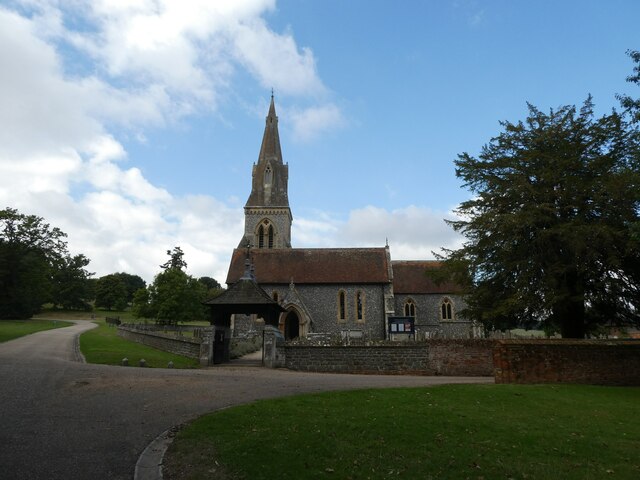Bennett's Copse
Wood, Forest in Berkshire
England
Bennett's Copse
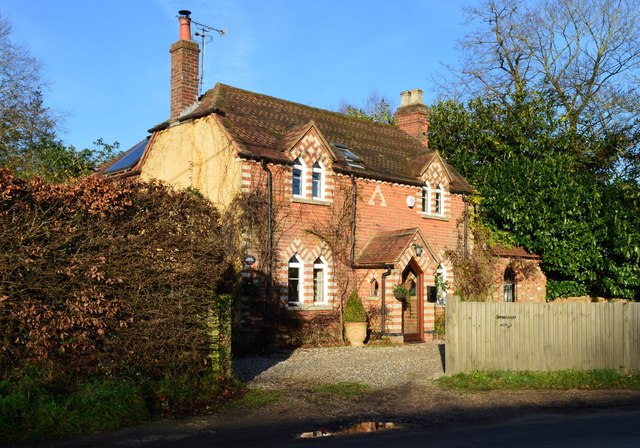
Bennett's Copse is a picturesque woodland located in Berkshire, England. Situated near the village of Crowthorne, this beautiful copse covers an area of approximately 40 acres. It is a well-known local attraction, drawing nature enthusiasts and visitors seeking tranquility amidst the lush greenery.
The copse is primarily composed of oak and beech trees, creating a dense forest canopy that provides shade and shelter for various flora and fauna. The woodland floor is adorned with a diverse array of wildflowers, such as bluebells, primroses, and wood anemones, which bloom in a riot of colors during the spring season.
Birdsong fills the air as numerous species, including great tits, chaffinches, and blackbirds, make their homes in the copse. Visitors can also spot woodland creatures like squirrels, rabbits, and, if they are lucky, the occasional deer. The copse is a haven for nature photographers and birdwatchers, who can capture stunning images of the vibrant wildlife.
A network of well-maintained footpaths meanders through Bennett's Copse, providing visitors with the opportunity to explore the woodland at their own pace. The paths lead to several secluded clearings, where one can relax and immerse themselves in the serene surroundings. The copse is a popular spot for walking, jogging, and picnicking, offering a peaceful retreat from the hustle and bustle of everyday life.
Bennett's Copse is a true gem of Berkshire, offering both locals and tourists a chance to connect with nature and enjoy the serene beauty of this enchanting woodland.
If you have any feedback on the listing, please let us know in the comments section below.
Bennett's Copse Images
Images are sourced within 2km of 51.440639/-1.1151714 or Grid Reference SU6171. Thanks to Geograph Open Source API. All images are credited.

Bennett's Copse is located at Grid Ref: SU6171 (Lat: 51.440639, Lng: -1.1151714)
Unitary Authority: West Berkshire
Police Authority: Thames Valley
What 3 Words
///visit.desk.boxing. Near Bradfield, Berkshire
Related Wikis
Englefield House
Englefield House is an Elizabethan country house with surrounding estate at Englefield in the English county of Berkshire. The gardens are open to the...
Englefield, Berkshire
Englefield is a village and civil parish in the English county of Berkshire. The village is mostly within the bounds of the private walled estate of Englefield...
Battle of Englefield
The Battle of Englefield was a West Saxon victory against a Danish Viking army on about 31 December 870 at Englefield, near Reading in Berkshire. It was...
Bradfield College
Bradfield College, formally St Andrew's College, Bradfield, is a public school (English fee-charging boarding and day school) for pupils aged 13–18, located...
Bradfield, Berkshire
Bradfield is a village and civil parish in Berkshire, England. Aside from farms and a smaller amount of woodland its main settlements are Bradfield Southend...
River Bourne, Berkshire
The River Bourne is a river in the English county of Berkshire. It is a tributary of the River Pang and, indirectly, of the River Thames. The Bourne's...
Bradfield Rural District
Bradfield was a rural district in Berkshire, England, from 1894 to 1974.It was created under the Local Government Act 1894 from the Bradfield rural sanitary...
Theale Green School
Theale Green School is a coeducational secondary school and sixth form with academy status, located in the village of Theale, Berkshire, England. The...
Nearby Amenities
Located within 500m of 51.440639,-1.1151714Have you been to Bennett's Copse?
Leave your review of Bennett's Copse below (or comments, questions and feedback).
